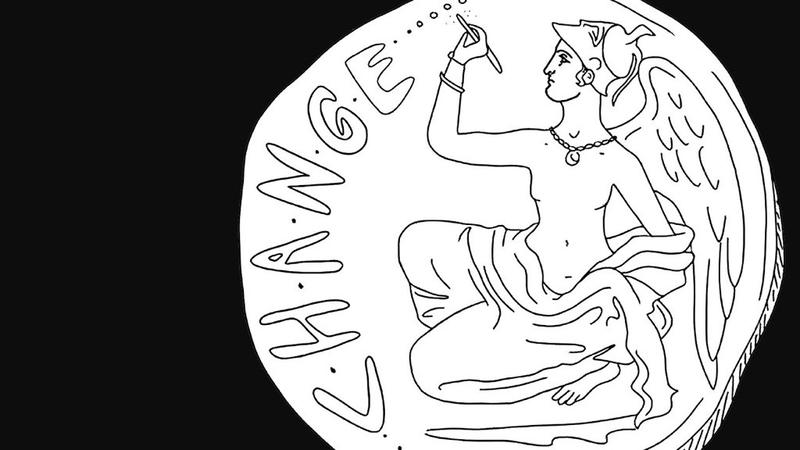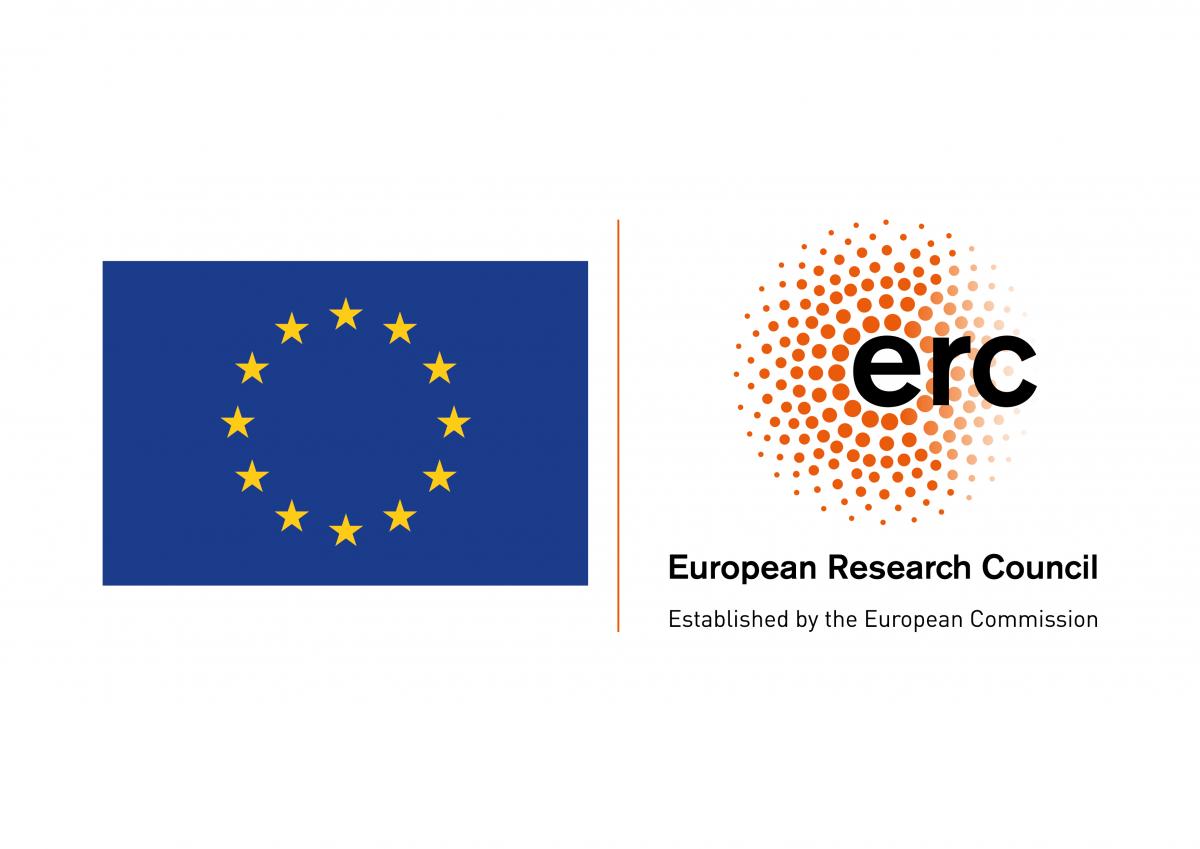The Epigraphy of Monetary Economy in Anatolia, c. 700-30 BCE (TEMEA)
Welcome to TEMEA, a searchable inventory of inscribed texts (primarily on stone, but also including documents on durable materials like ceramics and lead) testifying to the use of coinage and monetary activity in the Anatolian peninsula and its offshore islands over the 7th to 1st centuries BCE. It forms one of the outputs of the CHANGE project led by Professor Andrew Meadows (see below), and is intended to aid in the study of the region’s monetary economy from the origins of coinage in the Lydian kingdom to the onset of the Roman imperial period under Augustus.
The inventory is based on the compilation and analysis of the 11,000 inscriptions from this region and period, as gathered from the major established corpora and publication series – the Supplementum Epigraphicum Graecum, Inscriptiones Graecae, Inschriften griechischer Städte Kleinasiens, Tituli Asiae Minoris, Monumenta Asiae Minoris Antiqua – as well as other site-corpora not covered by these series, the notices in the Bulletin Épigraphique, and other individual publications of inscriptions. The vast majority of the documents included are in Greek. Some are in Anatolian languages and dialects (Lydian, Phrygian, Lykian, Karian, Pamphylian Greek), and Aramaic, but in general the coverage of non-Greek inscriptions in TEMEA is still incomplete.
Each inscription was provided with basic identifying data – a corpus reference, location in a region and an associated community (usually the one where it was found), date (the date at which the text of the inscription is understood to have been composed, not inscribed), and genre (following definitions of epigraphic text-type developed specifically for this inventory). Inscriptions that contained relevant references to monetary use and activity were annotated and organised into searchable categories.
As a result of this work and its subsequent importation into this online interface and its search function capabilities, it is now possible to rapidly assemble epigraphic references, specific to line-number, on particular themes of monetary history: for instance, the appearance of particular currencies and denominations (e.g. drachmas, obols, Kyzikene staters), types of monetary transactions (e.g. loans, sale, regulations on taxation), or the different contexts and institutions in which monetary payment is attested (e.g. military activity, sacrificial acts, the gymnasium). It is also possible, through the basic identifying data for each inscription, to refine these search results by date, place, and genre.
The inventory therefore offers a portal for accessing the published epigraphic corpus by making lists of relevant references based on search queries readily available. It refers to the latest or best accepted editions of texts, but has not re-edited or republished them, and should not be considered a corpus in its own right.
Overall, TEMEA offers one way of using epigraphic evidence en masse for answering larger historical questions – in this specific case, that of Anatolia’s monetary and economic history, which is particularly well-served by an enormous epigraphic heritage in the period covered. However, its method of digitally annotating large bodies of inscriptions by uniting individual corpora into a searchable dataset might just as well be applied to other regions of the ancient world, and other interpretative themes beyond the monetary and economic.
Marcus Chin (https://orcid.org/0000-0003-0573-9341) compiled the inventory, devising the definitions for the reference data for each inscription, and annotating the inscriptions according to the categories of monetary behaviour that were created together with Andrew Meadows (https://orcid.org/0000-0002-7334-9057). Imran Asif (https://orcid.org/0000-0002-1144-6265) constructed this online interface and its search function and data display capabilities.
There have inevitably been errors, omissions, or misinterpretations, and it is expected that improvements, whether relating to corrections, enhancing the search functions, or adding new material to the dataset, will be made in due course.
The rest of this page is a more in-depth guide to using the inventory.
Searching and using TEMEA
The link ‘Browse’ at the top of this page leads to a search page that includes filters in a column to the left, and a larger space to the right which lists the inscriptions recorded in the inventory, and which narrows down according to the filters that are selected. A glossary of the terms found in the search filters can be accessed here (link to another page with the glossary).
These filters are mostly self-explanatory. When entering date ranges, note that searches for dates in the BCE range (naturally covering the vast majority of the inscriptions in TEMEA) must use negative integers, so e.g. when looking for inscriptions of the 5th century BCE, enter ‘-500’ in the date box to the left, and ‘-400’ in the date box to the right. Some inscriptions are dated broadly to the 1st century BCE-1st century CE period, or a range within that: to enter dates in CE, use positive integers, e.g. ‘100’ for 100 CE.
Four of the filters concern monetary transactions more specifically:
1) ‘Authority’: the type of human or institutional agent conducting the monetary activity.
2) ‘Activity’: the type of monetary activity.
3) ‘Purpose/Focus’: the objective or main thematic focus of the monetary activity.
4) ‘Context/Field of Action’: the context and quality of the objective and focus defined in Purpose/Focus, where relevant.
At a basic level, individual searches can be made under any one of these filters alone. For instance, to find references to monetary spending relating to sacred or military matters, select ‘RELIGIOUS’ or ‘MILITARY’ under ‘Context/Field of Action’, while for spending relating to monumental building or olive oil look up ‘CONSTRUCTION’ or ‘OIL’ under ‘Purpose/Focus’.
Some categories can be found across different filters, so there is no need to know precisely what one is looking for, if in doubt. For example, to find examples of loans, a search for ‘LOAN’ can be made under either ‘Activity’ or ‘Purpose/Focus’, while examples of documents relating to commercial transactions can be gathered by looking under ‘SALE’ in ‘Activity’ or ‘Context/Field of Action’.
The four filters also allow for more complex enquiries, if they are thought of as functioning like the grammar of a sentence. For example, if searching for instances of individuals spending money in relation to building activity in the gymnasium, this can be done by selecting ‘INDIVIDUAL’ under ‘Authority’, ‘SPENDING’ under ‘Activity’, ‘CONSTRUCTION’ under ‘Purpose/Focus’, and ‘GYMNASIUM’ under ‘Context/Field of Action’.
In this case, imagine that ‘INDIVIDUAL’ under ‘Authority’ represents the ‘subject’ or agent of the activity, ‘SPENDING’ under ‘Activity’ the ‘verb’ or action undertaken, ‘CONSTRUCTION’ under ‘Purpose/Focus’ the ‘object’ of this action, and ‘GYMNASIUM’ under ‘Context/Field of Action’ the ‘adverb’ qualifying the action taken. Similarly, if searching for instances of cities discussing their tax obligations to kings, search ‘CITY’ under ‘Authority’, ‘REGULATION’ under ‘Activity’, ‘TAXATION’ under ‘Purpose/Focus’, and ‘IMPERIAL’ under ‘Context/Field of Action’. To narrow down to examples of taxation within a civic context alone, look up ‘CIVIC’ under ‘Context/Field of Action’.
The four filters therefore allow for searches ranging from simple searches based on individual topics up to complex searches coordinating all four filters.
Generating quantitative overviews of epigraphic culture
In addition, it is also possible to conduct searches on more general questions of epigraphic culture and habit, without using the filters that relate specifically to economic or monetary history. For example, to gather a full list of the votive dedications that have been documented at the site of Teos in Ionia dating to the 4th to 2nd centuries BCE, select ‘Teos’ under ‘City’, ‘-400’ and ‘-200’ for the dating boxes, and ‘DEDICATION (VOTIVE)’ under ‘Document Type’. A further use of TEMEA is therefore that it allows for rapid overviews of the known inscriptions of particular places, times, and/or genres.
Understanding search results
When a search is conducted, the results displayed on the right-hand side of the page consist of lists of individual inscriptions which contain the relevant references. Simply click on any one of these to find a page outlining the basic data relating to the inscription, as well as the relevant references listed at the bottom of the page, alongside other monetary annotations that have been associated with that document.
The basic data that feature on an inscription’s page are largely those of the search filters, but also include several other elements:
Place of publication: the site at which the inscription was physically set up and discovered, following the IDs in the ontology developed at https://nomisma.org/.
Place of conception: the site at which the text of the inscription was drafted.
Bibliographic URL: a link to a bibliographic entry in the iDAI.bibliography Zenon database (https://zenon.dainst.org/Search/Home) for the relevant site corpus or publication.
URL for digital version of the text: a link to a digital version of the text, in most cases that of the Packard Humanities Institute’s database of Greek inscriptions at https://inscriptions.packhum.org/, where relevant. For texts from Aphrodisias a link is provided to the online corpus of inscriptions from Aphrodisias, https://insaph.kcl.ac.uk/iaph2007/.
Packard Humanities Institute ID: the ID number for the inscription on the Packard Humanities Institute’s database, https://inscriptions.packhum.org/, where relevant.
Trismegistos ID: the ID number for the inscription at Trismegistos, https://www.trismegistos.org/, where relevant.
Acknowledgement

CHANGE: The Development of the Monetary
Economy of Ancient Anatolia c.630-30 BC has
received funding from the European Research
Council (ERC) under the
European Union's
Horizon 2020 research and innovation
programme (Grant agreement no. 865680)


